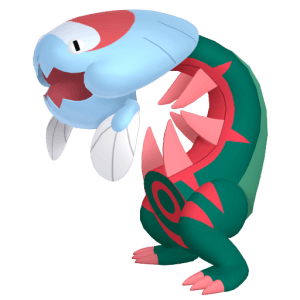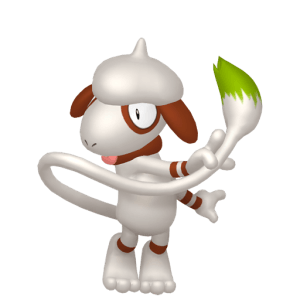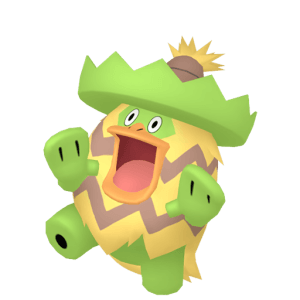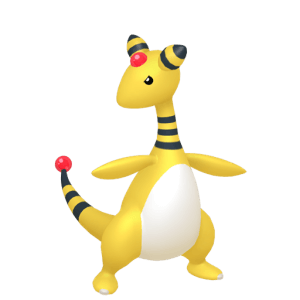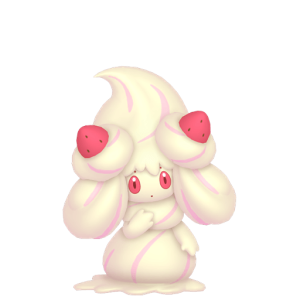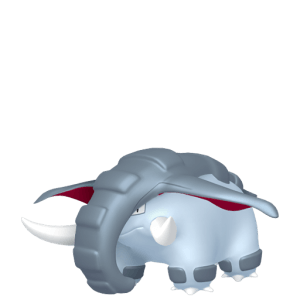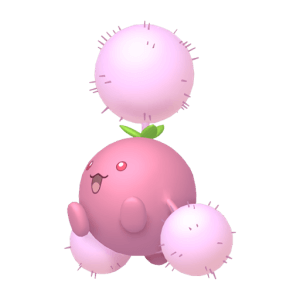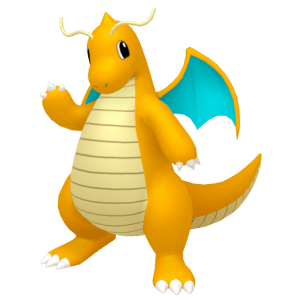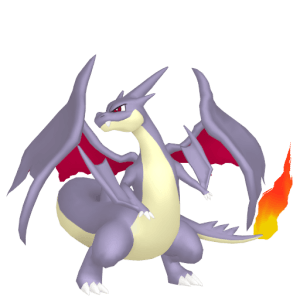[vc_column_text pb_margin_bottom=”no” pb_border_bottom=”no” width=”1/1″ el_position=”first last”]

[/vc_column_text] [vc_column_text pb_margin_bottom=”no” pb_border_bottom=”no” width=”1/1″ el_position=”first last”]
Let the speculation start…er
[This is a collaborative article between moving, Kriffix and NL]
Earlier this week we posted a list of supposed new Japanese Pokémon names. We went through the list and deconstructed the names best we could to build up an idea of what the Pokémon could possibly be. Today, we’ve taken a look back at some of the names and we’ve made some quite interesting discoveries…
Before we begin, it’s worth noting that these names came from trademark registrations online, as uncovered by the Japanese Pokémon Community. The registrations supposedly applied for by lawyers over in Japan. The order we have listed names in is the order we believe the evolutionary line will take, for example: Chespin – Hariboogu – Burigaron
Chespin
Two names stood out to us as possible Chespin evolutions, however we only updated with the name origins of one. That was Hariboogu. Today we’ve looked back and it seems we were right in thinking there were two names that could relate to Chespin.
ハリボーグ/Hariboogu — This stays mostly the same as what we had: hari (ハリ) means pin/needle, but boogu could be a combination of 防具 (bougu) meaning armour, and the French word bogue (the shell of a chestnut). Strongly suggesting that Chespin could develop some sort of natural armour (something backed up by the next point).
ブリガロン/Burigaron — Here is the biggest deviation from what we originally had. Initially we believed it could have been some sort of ice wolf, we may have been completely wrong… Brigandine is a type of armour from the middle ages, this acts as the most likely origin of buriga (ブリガ). Ron is assumably from marron (meaning chestnut in French). These combination of words fit the potential theme set by Hariboogu. Chespin may evolve into a sort-of knight.
Fennekin
We believe what we initially reported as a Fennekin evolution to be correct, and we’ve now found a name that could fit the bill to fill the second slot.
マフォクシー/Mafokushii — Fokushii here still remains as foxy, ma is from 魔, meaning magic or demon, although in this case more likely magic. This fits with the heavily rumoured Fire/Psychic typing for Fennekin and could mean the Pokémon becomes a sorcerer of sorts.
テールナー/Teerunaa — Tailunar (Teeruna) remains the same. We however believe it could be an evolution of Fennekin. Foxes are often emphasised for their tails, something the huli jing (see below) is known for. We’re uncertain whether this could be Fennekins final or first evolution.
Froakie
We believed that we could have been shown the names for one of Froakies evolutions, however looking back again it’s entirely possible that we actually got names for both of its evolutions.
ゲッコウガ/Gekkouga — To begin with we believed that Gekkouga could have been a moonlight moth, from gekkou (moonlight) and ga (moth), this could still be the case (see the other theory below). However, it’s possible that gek comes again from gekogeko (ゲコゲコ) and kouga from Kōga-ryū the name of a school of ninjutsu.
ゲコガシラ/Gekogashira — In Japan kerokero is a common onomatopoeic term for the noise a frog makes. There is, however more than one—of which one is gekogeko (ゲコゲコ). Gashira literally means head, in the sense that someone is head of something or, the boss.
These possible name origins would suggest that Froakie will become some sort of ninja-frog, with a typing that could very well be Water/Fighting.
The Unova starters were all based around Japanese, European and Chinese myths, as such it’s possible to interpret Froakie as a ninja (Japanese origin), Chespin as a knight (European origin), and Fennekin as a huli jing from China.
Further Speculation
We also decided to revisit some of the other names in even more depth, and we’ve uncovered some more interesting possibilities…
Horubii & Jigarude
ホルビー/Horubii and ジガルデ/Jigarude could be connected through evolution. We still believe that Horubii to be some sort of digging bee, and the new idea for Jigarude backs that up. In Japan there’s a wasp know as a jigabachi: the red-banded sand wasp. The red-banded sand and the digger wasp (which we believe Horubii is based-off) are also part of the same family.
Nyaonikusu
ニャオニクス/Nyaonikusu — nyao is the sound a cat makes in Japanese, nikusu may come from sphinx. There isn’t a huge amount to say here. Number also pointed out it may have come from ‘Nyx’.
[/vc_column_text] [vc_column_text pb_margin_bottom=”no” pb_border_bottom=”no” width=”1/1″ el_position=”first last”]
So… What’s it all about?
All the above information is what we believe to be true as of writing, according to the names ‘leaked’ to us. Although we believe there is some credence to these names (due to them being trademarked) there’s still a chance they are not official. We believe in telling you everything we know (where we can at least), and the information in this post has been compiled after research into the names on various sites. We’re still working on uncovering new information for our readers, so keep your eyes on the site.
We’d like to know what you think of this information? Is it good? Bad? Or are you indecisive?
[/vc_column_text] [blank_spacer height=”30px” width=”1/1″ el_position=”first last”] [blank_spacer height=”30px” width=”1/1″ el_position=”first last”] [vc_column_text pb_margin_bottom=”no” pb_border_bottom=”no” width=”1/1″ el_position=”first last”]
85 Days Remaining Until
[/vc_column_text]


